The roar of a car’s engine is what gets your blood pumping. So when looking to upgrade your car’s performance, your immediate instinct might be to boost the horsepower. However, a modified suspension and the right set of tires can often do just as much, if not more, to increase your vehicle performance as an improved engine. By understanding the ways tires can affect a car’s performance, you can identify the characteristics you desire when purchasing a set for your vehicle.
The diameter of a tire measures the length of the tire from top to bottom. The typical tire diameter sizes are 14, 15, 16, 17, 19, and 22. When reading your tire, you should see one of these diameter sizes listed in the number and letter sequence on the wheel. For example, if a tire read “P215/65R 15,” the “15” would be the diameter. If it said, “P225/70R 16,” then “16” is the diameter.
You might not think about it, but your tire’s diameter can have a massive impact on the wheel’s stability. With an increase in diameter, more rubber is making contact with the road on each rotation. This improved stability is essential at high speeds, and it can accommodate larger brake rotors for more stopping power. This is why race cars use such large tires compared to standard vehicles. Since they are driving at such high speeds while braking at speeds over 150 mph, they need the added stability to keep their tires from skidding and losing control.
Your tread depth impacts your traction. When looking between different types of tires, the most notable differences between all-season and snow tires will often be the type of tread. With the proper tread, your tire can cut through rain, snow, mud, and other challenging terrains. Performance tires designed to go at high speeds on clear, fresh pavement will have less tread, while snow tires will use deep grooves for long-term stability.
The entire wheel is making one point of contact on a smooth surface tire, so the slightest loss of traction will quickly compound into a more significant problem. However, the tire is making hundreds of tiny points of contact with tread, so if one tread loses grip, the others can make up for it. This is why when a tread wears down and the groves get smaller, the wheel also loses traction.
However, the tire is making hundreds of tiny points of contact with tread, so if one tread loses grip, the others can make up for it. This is why when a tread wears down and the groves get smaller, the wheel also loses traction.
A tire’s rigidity describes the rubber compound it is made of. A soft compound will give an excellent grip when it’s fresh, boosting the car’s performance and speed. However, they also will wear down quickly because of their lack of strength. Also, you’re more susceptible to punctures from road debris with a soft tire. Then, harder compounds sacrifice performance for more durable tires. Hard tires will last longer and be able to withstand rougher conditions. So, while the soft tire will perform better initially than the hard compound, over time, as they each wear down, that will reverse. Ideally, for a road tire, you’ll want something in between that is durable on country roads but still gives you enough power to drive effectively on the interstate.
To better understand the relation between soft and hard compounds, if you’ve ever watched Formula 1, you can see the teams strategizing how to use the different rigidity of tires to their advantage. These races where the tires wear down in minutes give an excellent insight into the changes our road tires can undergo over a few years.
The width of a tire measures from shoulder to shoulder; it’s the length of the part of the wheel where the tread is. A wide tire will stick out on the sides of the chassis, increasing the car’s presence on the road. However, increasing the width of your tires isn’t directly related to improved performance. A tire’s width is directly related to the suspension; if you increase a car’s width, you must also modify the suspension to accommodate it. Otherwise, the added width will have adverse effects on the performance.
If a car’s tires are too wide, it will become hard to handle and steer. Also, the wheel is sensitive to debris on the road, so it becomes more likely that the car will lose control on the road. This is why when buying a new tire, you need to pay attention to the scrub radius of your vehicle.
This is why when buying a new tire, you need to pay attention to the scrub radius of your vehicle.
A scrub radius is the distance from the kingpin axis and the center of the contact patch on the wheel, and it can be either positive, negative, or zero. So to understand what your current vehicle’s setup allows in terms of width, speak with a tire technician. They can help you read and understand tire sizes, so you only invest in boosting the performance.
Low tire pressure can decrease your tire’s lifespan, your car’s fuel efficiency, and performance. As the tire is warped and forced to flex because of the reduced pressure, this will cause the tire to wear down faster. Then, the performance decreases as the car becomes more difficult to control at increased speeds. You’ll have to drive much slower to maintain the grip you’d typically have. So in bad conditions like rain or on rugged terrains like mud and gravel, you won’t have the grip to drive safely.
However, you also need to be wary of over-inflating your tires.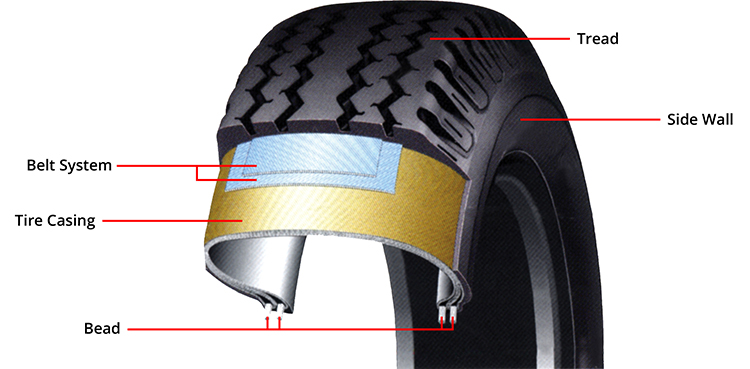 A wheel with high tire pressure will feel every bump in the road. Rather than absorbing and flexing to the bumps and potholes, it will send that sensation straight into the cab of the vehicle. Also, high pressure makes the wheel more susceptible to punctures and will cause the tire to wear down faster.
A wheel with high tire pressure will feel every bump in the road. Rather than absorbing and flexing to the bumps and potholes, it will send that sensation straight into the cab of the vehicle. Also, high pressure makes the wheel more susceptible to punctures and will cause the tire to wear down faster.
So, whenever inflating a tire, check for its desired psi. This figure will be between 32 and 35 psi for most tires when cold. On hot days or right after use, the tires might be too warm to give an accurate reading, so you’ll want to check the reading a few times over the span of a couple of days to get the most precise reading.
Now that you’ve learned the ways tires can affect a car’s performance, and when looking at buying your next set, you can find the perfect kind for your needs. If you’re looking at tire shops in Meridian, Idaho, to help you get a set, visit us at Commercial Tires to speak with a trusted technician today!
The performance of a vehicle is almost always linked solely to its engine – the torque, horsepower, transmission tend to steal the spotlight.
But tyres and performance? Well, those who know better know that as the only parts of a vehicle in direct contact with the road, tyres have a very important role to play in how your car performs on the road.
TYRE SIZE
Upsizing wheels is a growing trend for reasons ranging from better driving in bad weather conditions, and better ground clearance to aesthetics. But is bigger always better? Here are the pros and cons of bigger wheels.
THE PROS
Large and wide tyres have more rubber on their track. This makes for better contact with the road, which in turn offers better grip and traction.
Note: On snow, bigger and thinner wheels offer more traction.
Wider thread, stiffer sidewalls and more road contact contribute to better cornering and handling.
Braking is affected by various conditions: Road type and condition and weather conditions affect road friction.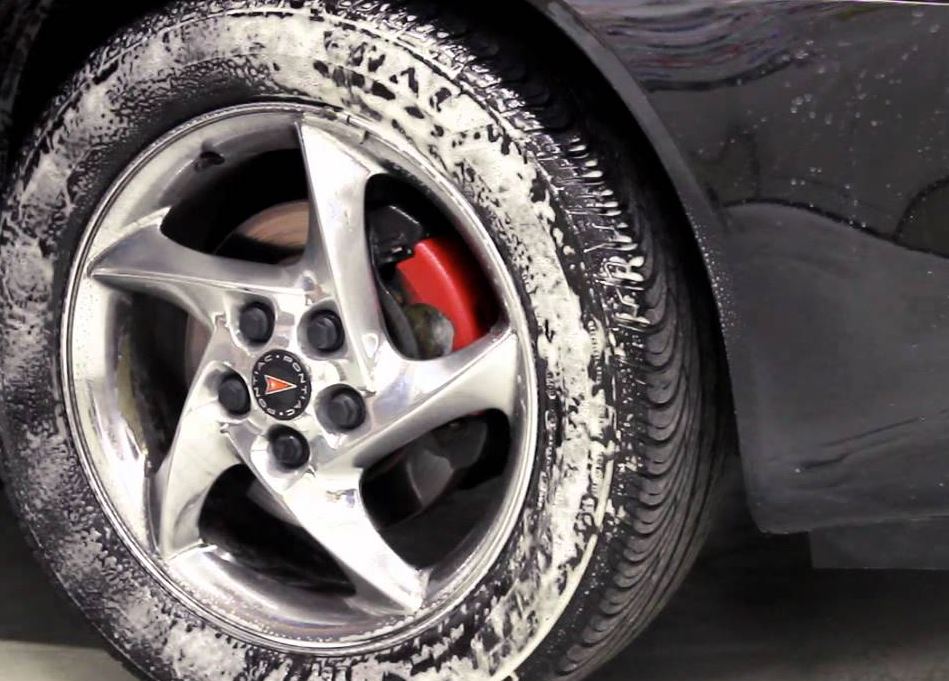 Consistency of the tyre rubber, tread pattern and inflation pressure determine tyre friction.
Consistency of the tyre rubber, tread pattern and inflation pressure determine tyre friction.
However, given that large size tyres have more contact patch and grip on the road, braking distance will surely be reduced, especially in tyres that are balanced (neither too hard nor too soft).
Tyres are an important factor in the overall design of a vehicle. For example, bigger alloy wheels give more of a sporty look.
THE CONS
In cars that do not have powerful engines, bigger wheels will add to the weight, which will cause the engine to work harder, thereby increasing fuel consumption.
Because of their large contact patch and additional weight, large size tyres can result in hard steering and slower acceleration.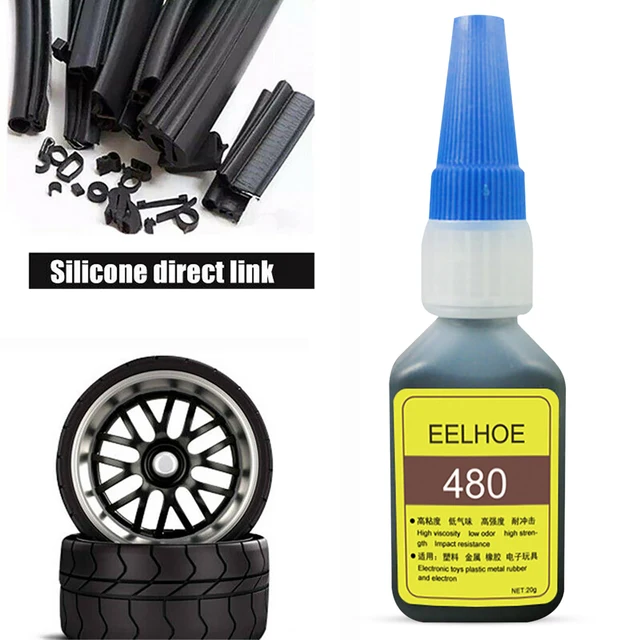
Large size tyres tend to wear out faster due lower sidewalls, heavy steering, and wheel scraping.
The calibration of a car’s embedded technology is based on the components or parts installed in it. With wheel size upgrades, the response of this this technology in speedometers and electronic safety aids (EBD, ABS, traction control, etc.) may be inaccurate.
To sum up, the bigger wheels in the car offer both pros and cons. Therefore, you must go for it only, if it suits the car needs and doesn’t make you regret afterward.
TYRE PRESSURE AND FUEL EFFICIENCY
How is a car’s fuel efficiency linked to tyre pressure? It’s simple: under-inflation causes an engine to use more fuel to move the car. A drop in tyre pressure can increase fuel consumption by 3 percent.
TYRE PRESSURE AND LONGEVITY
Under inflation and low pressure in tyres affects its life span:
Tyre friction is increased, causing the rubber to heat up excessively and wear out faster, increasing the risk of premature failure.
Overall performance on the road is affected, as the vehicle is no longer capable of handling slippery roads or rough terrain. It could even jeopardize your safety when driving on gravel, debris or during rain.
Over-inflated tyres are also a hazard:
Flexibility is impaired, especially when encountering bumps or potholes. They are also likely to wear down at a quicker pace.
TREAD DEPTH
A tyre’s tread depth has a major impact on steering response and traction, which are paramount to a car’s performance on the road.
A thicker tread offers better traction – which can also enhance your stopping time. It is also ideal for more challenging driving conditions and terrains such as sand, snow, mud, gravel, etc.
Every tyre has ‘Tread Wear Indicator’ bars in the tread grooves. When the tyre is worn to the legal limit (1.5mm across the width) the bars will be at level with the surface of the tread - time to replace the tyre.
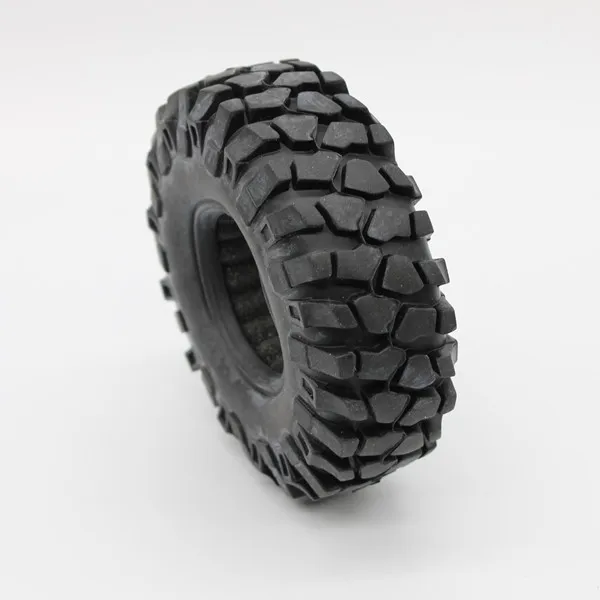 Ru
Ru Tire design
Suppose that you, like me, are not experienced in choosing tires for your car and this tire selection guide will help you, firstly, understand the terms, and secondly, choose exactly the tires that are required for your car .
Purchase of tires
First of all, you need to determine which category of tires you need. Highway, winter, all-weather, high-speed or all-weather high-speed. nine0003
The (Highway) road tire is designed for use on wet or dry paved roads. The use of such tires in winter on ice or snow is unacceptable, since they do not have the necessary traction.
Winter tires (SNOW or MUD + SNOW - M+S) tires provide maximum grip on snow and ice. The tread has a characteristic pattern that ensures the removal of snow from the contact patch area, and is characterized by increased traction, and the use of special components in rubber compounds helps to maintain their properties even at very low temperatures.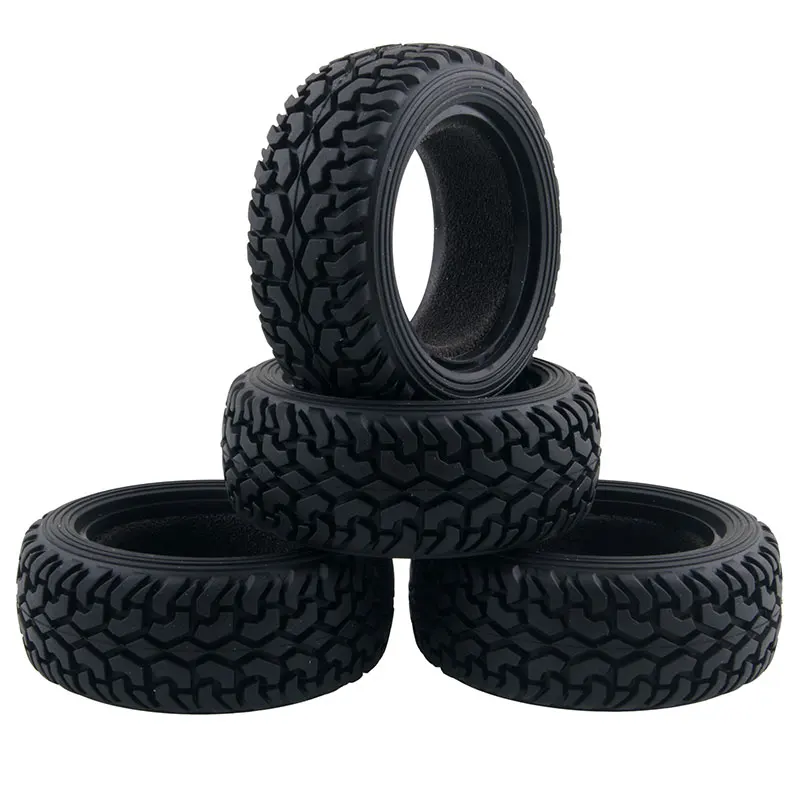 However, the improvement in traction is usually accompanied by a decrease in dry handling as a result of increased internal friction, as well as a higher level of driving noise and fairly rapid tread wear. nine0003
However, the improvement in traction is usually accompanied by a decrease in dry handling as a result of increased internal friction, as well as a higher level of driving noise and fairly rapid tread wear. nine0003
All-season tires (ALL SEASON or ALL WEATHER) tires combine excellent traction on wet or snowy roads with sufficient handling, ride comfort and tread wear. Do not be fooled if you come across an inexpensive tire with a similar marking (all-season or all-weather), because. such tires are made according to the standards of countries in which climatic conditions throughout the year are far from Ukrainian.
Speed tires (PERFORMANCE) tires are designed for use on high-end cars. These tires are designed to provide increased traction and a higher level of handling. In addition, due to the special operating conditions, high-speed tires must withstand significant thermal loads. Motorists who buy performance tires are usually willing to accept the inconvenience of less comfort and faster wear in exchange for superior handling and traction.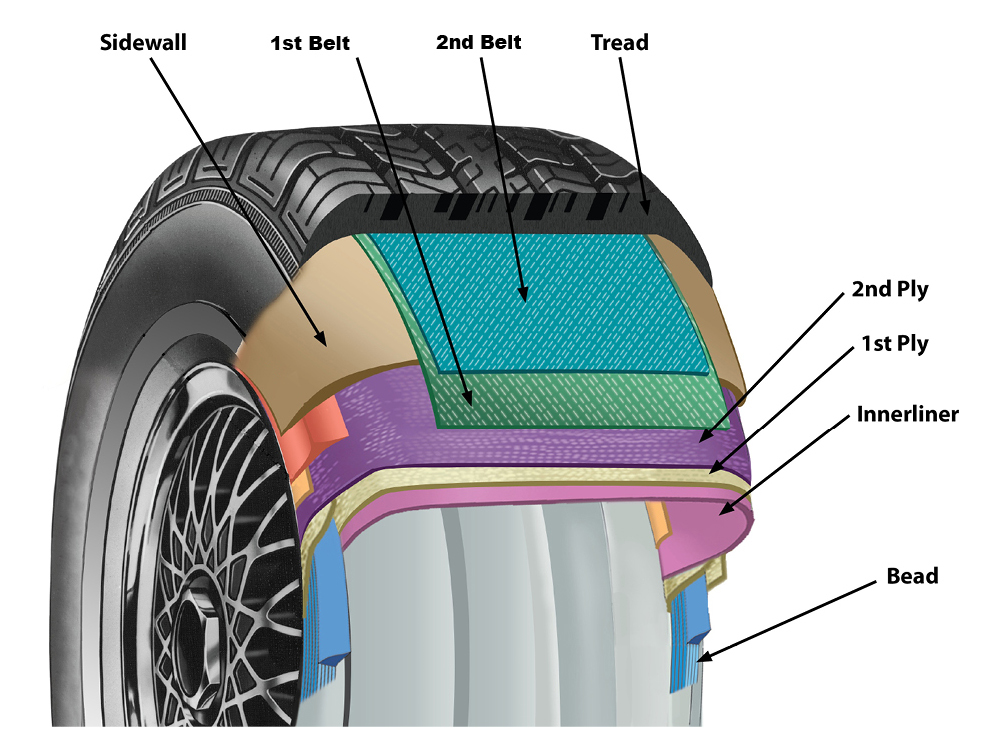 nine0003
nine0003
All Season Performance Tire (ALL SEASON PERFORMANCE) tires designed specifically for those who require improved performance in all year round driving, including driving on ice and snow. The creation of such tires became possible only thanks to modern technologies that have appeared in the past few years.
Several sizes fit one vehicle. This is due to the fact that for operation in winter it is recommended to install tires with a smaller profile width, and in summer - vice versa. In any case, tires of recommended sizes have approximately the same outer diameter circumference, which does not lead to distortion of the speedometer and odometer readings. nine0003
It is important to know that when calculating the recommended tire size, the manufacturer of your car takes into account almost all of its technical characteristics, including weight, acceleration dynamics, maximum speed, tendency to sideways, etc. Therefore, by installing the recommended size, you provide yourself with the greatest possible guarantee of a safe and comfortable ride.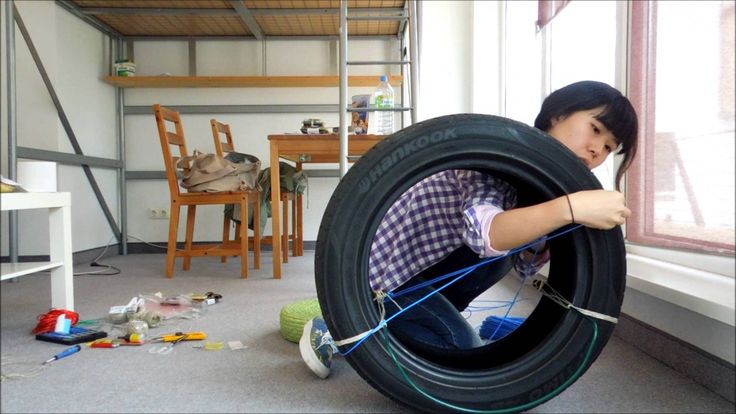 In order to choose the right tires, it is necessary to establish in what conditions the car is supposed to be used. Ask yourself some questions. What is the climate in the area where you live? Do you spend more time driving in the city or on the highway? The more questions, the easier the choice. nine0003
In order to choose the right tires, it is necessary to establish in what conditions the car is supposed to be used. Ask yourself some questions. What is the climate in the area where you live? Do you spend more time driving in the city or on the highway? The more questions, the easier the choice. nine0003
Please refer to your vehicle owner's manual or on a sticker affixed to the end of the door, the inside of the glove box or the fuel filler door for the correct tire size.
Tire marking
The sidewalls of the tire contain all the necessary information. Almost everything you need to know about a tire is printed on its sidewall. If you look at the sidewall of any tire, you will find an alphanumeric code there, which may look, for example, like this: 235 / 70R16 105H. Each letter and number contains important information to help you determine if the tire is right for your vehicle. nine0003
In some cases, additional letters are given before the alphanumeric code, indicating the type of vehicle for which the tire is intended.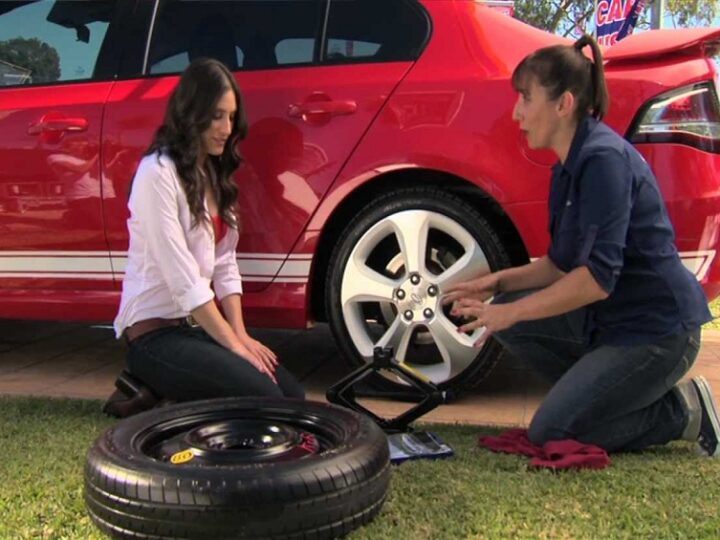 So, the letter "P" is placed on tires designed for passenger cars (Passenger), and "LT" - small commercial (Light Trucks) vehicles. The first number of the code, in our case 235, is the total width of the tire in millimeters. The second number, in our case 70, is the tire series, or the ratio of the height of the tire profile to its width. In the above notation, the height of the tire is 70% of its width. Further, as a rule, the letter "R" follows, meaning that the tire is radial (Radial). nine0003
So, the letter "P" is placed on tires designed for passenger cars (Passenger), and "LT" - small commercial (Light Trucks) vehicles. The first number of the code, in our case 235, is the total width of the tire in millimeters. The second number, in our case 70, is the tire series, or the ratio of the height of the tire profile to its width. In the above notation, the height of the tire is 70% of its width. Further, as a rule, the letter "R" follows, meaning that the tire is radial (Radial). nine0003
The next number, 16, is the rim diameter in inches. In this example, 16 inches. The last number and the letter 105 I reflect the performance for which this tire is designed - the load index and the speed index.
So, let's repeat what we have done. The tire with the designation 235 / 70R16 105H has a width of 235 mm, series 70, is radial, corresponds to a wheel with a rim diameter of 16 inches, its load index is 105 (load of 925 kg), and its speed index is H (speed up to 210 km / h). It is also important to remember that the spelling of the tire characteristics designation may differ slightly from the above example for different manufacturers due to different approaches to certification. nine0003
It is also important to remember that the spelling of the tire characteristics designation may differ slightly from the above example for different manufacturers due to different approaches to certification. nine0003
In addition to the above, there are other designations that carry a lot of useful information. Knowing these simple designations, any car owner can easily purchase and properly operate tires.
TUBE TYPE - chamber design.
TUI - tubeless design.
TR - wear coefficient, determined in relation to the "base tire", for which it is equal to 100.
TRACTION A - friction coefficient, has the values A, B, C. Coefficient A has the highest friction value in its class. nine0041 E17 - compliance with European standards.
DOT - Compliant with US standards.
M+S (mud and snow), Winter (winter), Rain (rain). Water or Aqua (water), All Season North America (all-season for North America), etc. - tires designed for use in specific conditions.
PLIES: TREAD - tread compound.
SIDEWALL - composition of the sidewall layer.
MAX LOAD - maximum load, kg / English pounds.
MAX PRESSURE - maximum internal tire pressure, kPa. nine0041 ROTATION - rotation direction.
Left (the tire is installed on the left side of the car), Right (the tire is installed on the right side of the car). Outside or Side Facing Out (outer side of the installation), Inside or Sido Facing Inwards (inner side of the installation) - for tires with an asymmetric tread pattern.
DA (stamp) - minor manufacturing defects that do not interfere with normal operation.
TWI D - Projector wear indicator pointer. The indicator itself is a protrusion at the bottom of the tread groove. When the tread wears down to the level of this ridge, it's time to change the tire. nine0041 GREAT BRITAIN - country of origin.
TEMPERATURE A - temperature conditions, an indicator characterizing the tire's ability to withstand temperature effects. It, like the previous one, is divided into three categories A, B and C.
It, like the previous one, is divided into three categories A, B and C.
Explanation of load indices
The load index (or load index, also called the load factor) is a conditional parameter. Some tire manufacturers decipher it: the tire may be written in full Max Load (maximum load) and a double figure is indicated in kilograms and English pounds. nine0003
Some models have different tire loads on the front and rear axles. The load index is a number from 0 to 279, corresponding to the load that the tire can withstand at maximum internal air pressure. There is a special table of load indexes, according to which its maximum value is determined. So, for example, an index value of 105 corresponds to a maximum load of 925 kg.
Load and speed indexes
Most tires are marked with performance data such as load index (number) and speed index (letter). Below is a table of load and speed indices with corresponding values.
Letter Speed Indexes
The Maximum Allowable Speed Index is the allowable speed limit at which the tire is allowed to operate.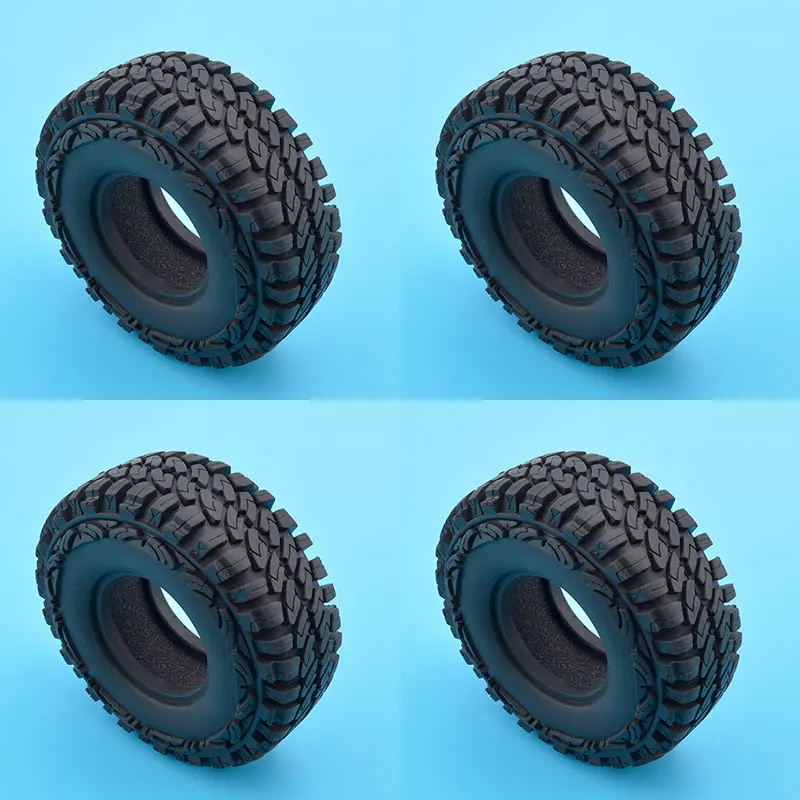 It is applied to the sidewall of the tire in the form of a letter designation in Latin. A tire's speed index is denoted by a letter corresponding to the maximum speed for which the tire is certified. nine0003
It is applied to the sidewall of the tire in the form of a letter designation in Latin. A tire's speed index is denoted by a letter corresponding to the maximum speed for which the tire is certified. nine0003
As in the case of the load index, there is a table of speed index values from A (minimum value) to Z (maximum value). True, with one exception: the letter H falls out of the sequence and is between U and V, corresponding to speeds up to 210 km / h. Index "Q" corresponds to the minimum speed for passenger cars, and "V" applies to tires certified for speeds up to 240 km/h.
Conditional classification system for tire quality
In addition to the characteristics described above, the sidewall of a tire may be marked with a tire quality designation referring to the so-called Tire Quality Provisional Classification System.
Wear index
The wear rate is the most important indicator of how long your tire will last.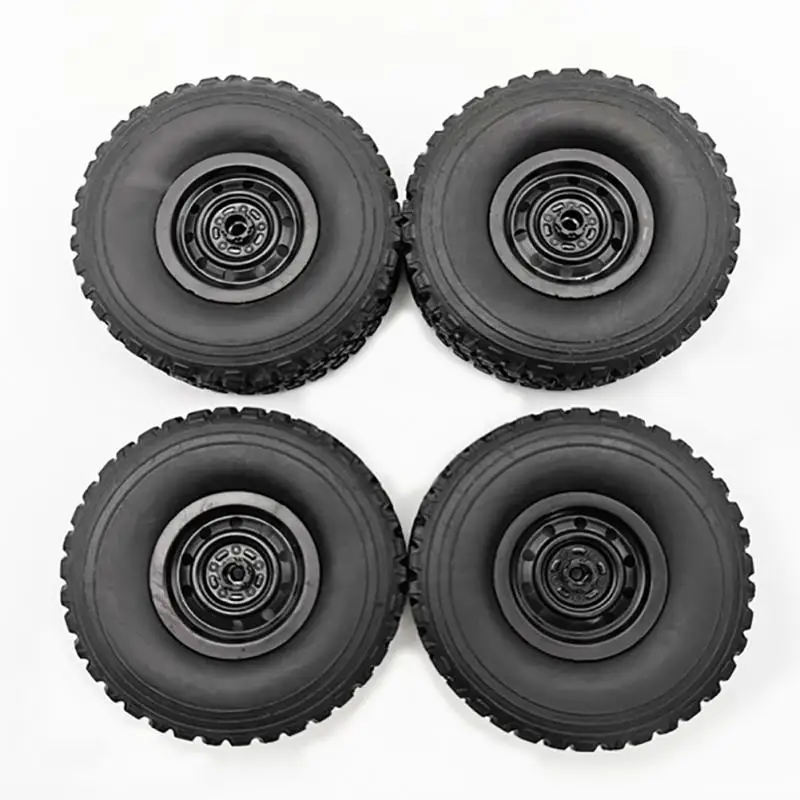 The tread of each tire is subject to wear and it is very important not to miss the moment when it has reached a critical level and the tire can no longer provide proper safety. nine0003
The tread of each tire is subject to wear and it is very important not to miss the moment when it has reached a critical level and the tire can no longer provide proper safety. nine0003
Each new tire model is tested according to an officially established methodology and is assigned a tread wear rating that theoretically corresponds to the tire's "life". IMPORTANT TO REMEMBER that wear is a theoretical value and cannot be directly related to the actual life of a tire, which is greatly influenced by road conditions, driving style, adherence to pressure recommendations, vehicle alignment and wheel rotation. The wear indicator is presented as a number from 60 to 620 with an interval of 20 units. The higher its value, the longer the protector withstands when tested according to the established method. nine0003
Clutch index
The grip index determines the braking properties of the tyre. They are measured by testing in a straight line on a wet surface. Letters from "A" to "C" are used to designate the adhesion index, while "A" corresponds to its maximum value.
Temperature characteristic
The temperature characteristic indicates the tire's ability to withstand temperature conditions, which allows you to maintain the characteristics of the tires laid down by the manufacturer, depending on the climatic conditions of use. This indicator is one of the most important due to the fact that tires made of rubber and other materials change their properties under the influence of high temperatures. In the case of a temperature characteristic, a letter index from "L" to "C" is also used, where "A" corresponds to the maximum resistance to heating. Therefore, winter tires, as a rule, are softer than summer tires and do not “tan” with a decrease in temperature; in summer, on the contrary, they begin to “melt”. The tread pattern of winter tires is much rougher, with many special recesses - sipes, on the sidewall there is usually a marking M + S (Mud + Snow) - mud and snow and / or Winter - winter. Thus, at the moment, the division of tires into summer and winter tires is pronounced.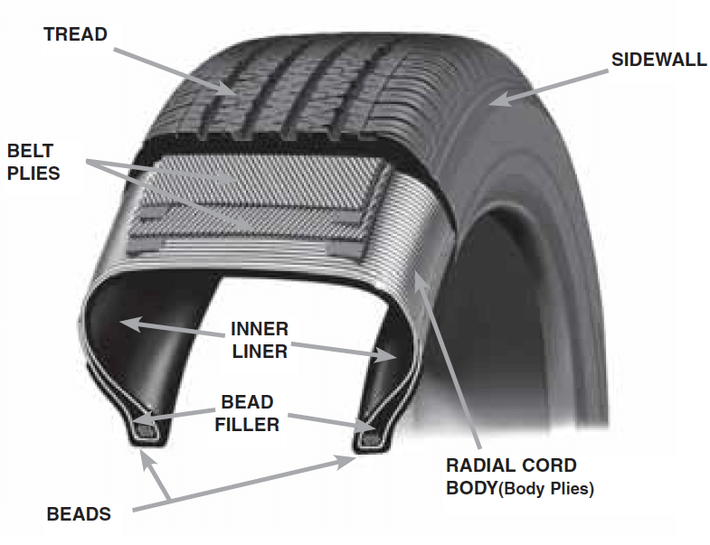 Although some manufacturers use technologies for producing tires suitable for all climatic conditions, such tires are still far from perfect. nine0003
Although some manufacturers use technologies for producing tires suitable for all climatic conditions, such tires are still far from perfect. nine0003
Maximum load, maximum internal pressure
For passenger car tires, the maximum load and maximum pressure designations indicate the maximum weight that can be carried at the maximum inflation pressure of the tire. For small commercial vehicle tires, maximum load and pressure are directly proportional.
DOT marking
The DOT marking is something like a "fingerprint" of a tire. Its presence indicates that the tire complies with the Department of Transportation's tire safety regulations and is approved for use. DOT is an American certification system. On tires supplied to the Russian market, the E mark is most often found, which indicates compliance with European standards. Such tags can be found both together and separately, it all depends on the country of manufacture. For example, consider the following marking: DOT M5h4 459X 064.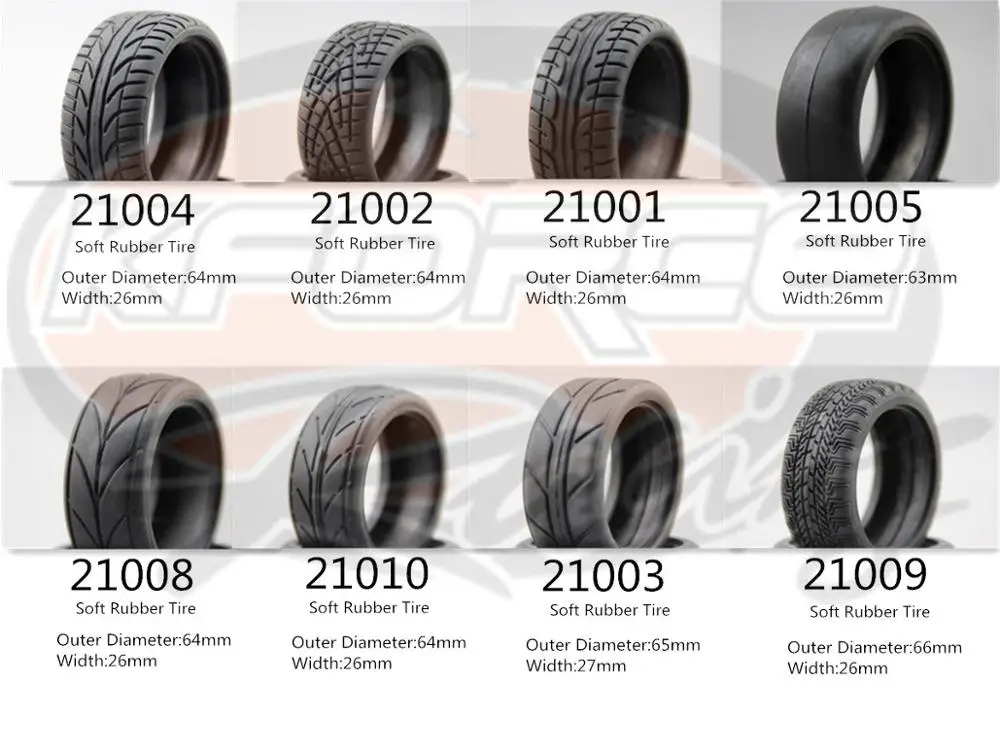 The first letters and numbers following the abbreviation DOT are used to identify the manufacturer and the factory code. The third, fourth and fifth letters, 59X, represent the size code that tire manufacturers optionally specify to indicate their size and some characteristics. The last three digits indicate the date of manufacture: the first two refer to the week and the last to the year of manufacture. So, 064 means that the tire was made in the sixth week of 1994. All tires must comply with both international and Russian standards. nine0003
The first letters and numbers following the abbreviation DOT are used to identify the manufacturer and the factory code. The third, fourth and fifth letters, 59X, represent the size code that tire manufacturers optionally specify to indicate their size and some characteristics. The last three digits indicate the date of manufacture: the first two refer to the week and the last to the year of manufacture. So, 064 means that the tire was made in the sixth week of 1994. All tires must comply with both international and Russian standards. nine0003
Pressure index
Tire inflation pressure affects the performance of your vehicle. Even the highest quality tires will not do their job if they run at the wrong pressure. Its exact value depends on the type of vehicle and, to some extent, on the choice of the driver. The recommended pressure for a given vehicle type is usually found on a sticker on the end of the door or interior pillar, or on the inside of the glove box and fuel filler cap.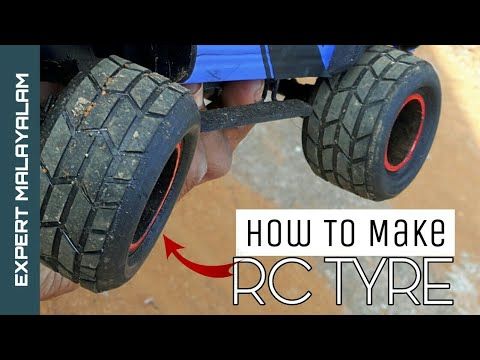 nine0003
nine0003
Most new tire models have a directional (arrowhead) tread pattern. It is believed that this type of pattern has better characteristics than the usual one. This is especially evident in critical road conditions. The direction of rotation of the wheel is indicated by an arrow labeled Rotation. The pattern can also be asymmetrical, i.e. tires are produced left and right and are installed on the corresponding side of the car. Such tires are marked Left - left or Right - right. The outer side of the installation is designated: utside or Side Facing Out and the inside: Inside or Side Facing Inwards. The asymmetric pattern is used in the production of tires with high speed characteristics. nine0003
Tire structure
At first glance, all tires look the same. Knowing the design of the tire will help you choose the right model, as modern technology dramatically improves handling, fuel economy and wear and tear compared to tires made just a few years ago.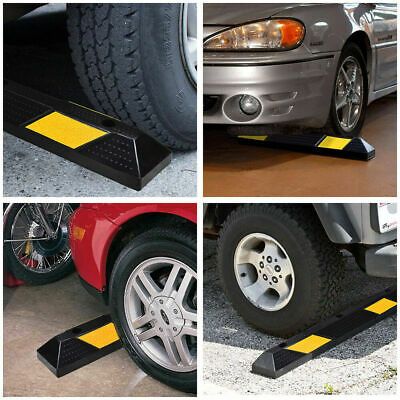
Modern tires are made up of different materials. Modern tires are a complex structure consisting of layers reinforced with metal or textile cords and a tread created by computer simulation. All this provides the best combination of performance for each type of tire. nine0003
In 1946, Michelin introduced the first radial tire. The main difference between a radial tire and a diagonal tire lies in the design of the carcass, which is located under the tread and is the skeleton of the tire.
The carcass is made of rubberized cords gathered together and forming layers. In a diagonal construction, these plies are arranged in such a way that the cords cross each other around the entire circumference of the tire. In a radial tire, the carcass ply is arranged so that the threads lie parallel to each other from bead to bead over the entire circumference of the tire. The breaker plies complete the carcass of a radial tire by enclosing it from the outside. nine0003
Bias tires have many disadvantages and design limitations. Since the cords cross over, the carcass of the tire is subject to high internal friction during operation. This leads to constant overheating and premature tire wear. The stiffness of the carcass of diagonal tires, due to their design, reduces handling and comfort.
Since the cords cross over, the carcass of the tire is subject to high internal friction during operation. This leads to constant overheating and premature tire wear. The stiffness of the carcass of diagonal tires, due to their design, reduces handling and comfort.
Radial construction with appropriate arrangement of carcass threads and steel cord breaker plies is flexible and absorbs road imperfections. At the same time, internal friction is significantly reduced, which leads to a multiple increase in the working life of tires. Other benefits include better traction, improved handling and comfort. nine0003
Tire service
An incorrectly installed or damaged tire endangers your life. How to avoid it? When mounting and demounting tires, the tire size must exactly match the rim diameter, otherwise the error may cause the tire to explode after installation. With all this in mind, entrust the mounting and dismounting of tires to professionals at a service station.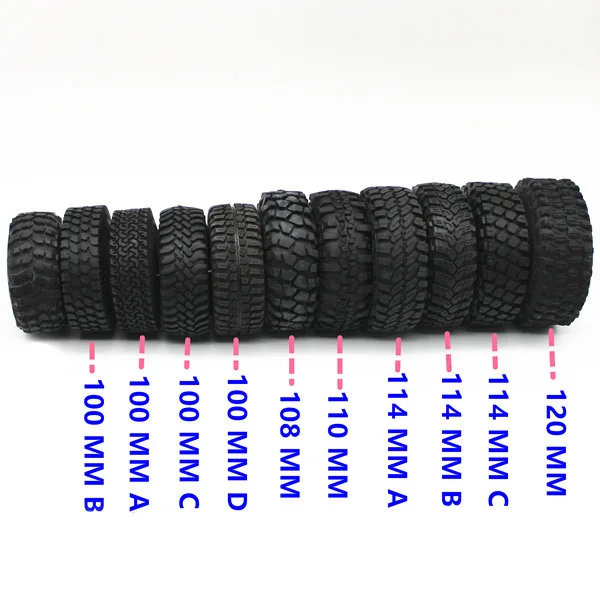
Regularly, at least once a month, check the pressure in each tire, including the spare wheel. Going on a fairly long journey, you should always check the pressure. The check must be carried out on a cold wheel: start at least three hours after stopping or before the car has traveled 1 km. Always use a pressure gauge to check pressure, do not rely on a simple wheel inspection. You should also not particularly trust the devices built into the pump hoses - it is better to buy an autonomous one, the readings of which are much more accurate. Remember, any tire loses pressure over time - this is a natural process. In warm and hot weather, tires should be checked more often than in cold weather. nine0003
Weather factors
It is important to consider the factors that affect the behavior of tires in different climatic conditions. In summer, the greatest danger on the road occurs during rain, and its magnitude does not change whether it is raining or drizzling.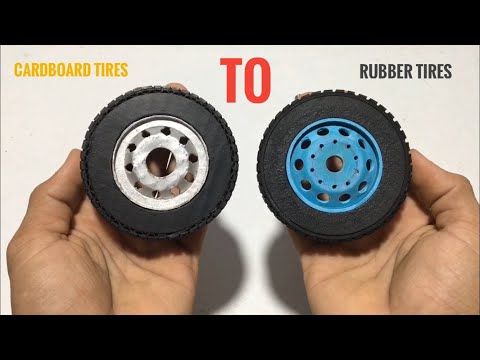 In the first case, the possibility of aquaplaning is not ruled out, when the car floats above the road and becomes practically uncontrollable; in the second, the road acquires some of the properties of an icy surface. nine0003
In the first case, the possibility of aquaplaning is not ruled out, when the car floats above the road and becomes practically uncontrollable; in the second, the road acquires some of the properties of an icy surface. nine0003
To combat this kind of trouble, tire manufacturers produce models with a tread pattern equipped with many water-repellent grooves. Some tires have special markings indicating that the tire is suitable for use in rainy conditions, for example. Rain - rain, Aqua - water, etc.; however, it may not be, but this does not mean that the tire is not designed for such conditions. On a winter road, the greatest danger to the driver is snow-covered areas, icy conditions, and driving on rolled snow and during a snow storm is also unsafe. In the manufacture of winter tires, these and many other factors are taken into account, manufacturers supply models designed for operation in winter conditions with their latest developments: special micro-lamellas, spikes of various designs, in addition, the composition of the material used in the production of winter tires has specific properties. nine0003
nine0003
Maximum load
Do not exceed the tire load limit as indicated by the load index. Excessive load leads to overheating and possible destruction of the internal structure of the tire and tread.
Worn tires
The residual tread depth must not be less than 6.35 mm. Wear indicator - stripes showing through worn tread also signal you when it's time to change your tires. nine0003
Tires, used
Do not buy used tires. This should be avoided because they may have serious internal damage resulting from operation under adverse conditions or due to the negligence of the previous owner.
Do not skid
If you get stuck while driving through mud or snow, do not skid. This leads to heating and overheating of the tires, which can cause damage and even explosion.
Tire balancing
Properly balanced, the weight of the wheel is evenly distributed over the entire circumference.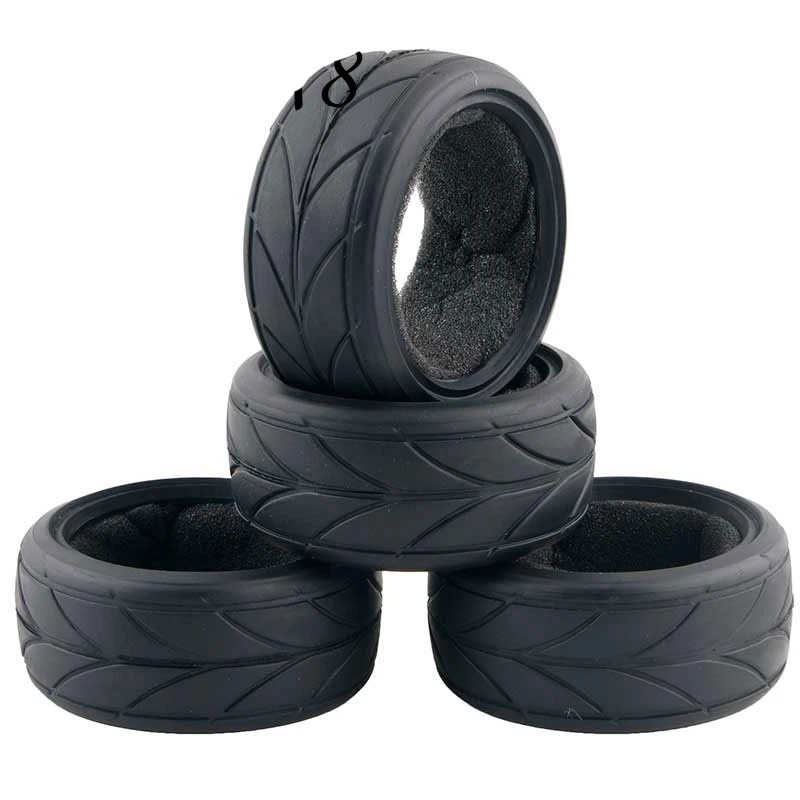 The imbalance causes the wheel to hit, which causes vertical oscillation and horizontal swing of the entire car. Therefore, every time after mounting the tire on the rim, it is necessary to balance the wheel.
The imbalance causes the wheel to hit, which causes vertical oscillation and horizontal swing of the entire car. Therefore, every time after mounting the tire on the rim, it is necessary to balance the wheel.
Wheel alignment
Each car has its own unique camber pattern, where the wheels are oriented in relation to each other and to the road in a special way to ensure their optimal reaction when the suspension is working. Violation of this adjustment not only leads to rapid and uneven tire wear, but also reduces handling. The alignment must be regularly checked and corrected at a service station equipped with the necessary equipment for this. nine0003
Wheel rotation
The purpose of wheel rotation is to ensure even tire wear. If the owner's manual does not specify the exact value of the interval between rearrangements, change the tires in places every 10-15 thousand kilometers.
Tire care
Tires should be cleaned regularly to remove objects that could damage the tread.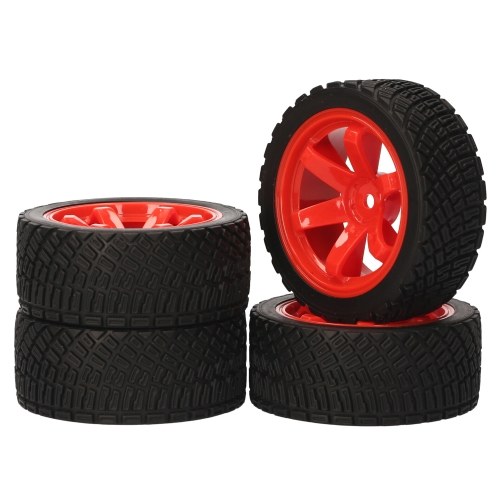 Check the condition of your tires at least once a month. It is necessary to monitor possible uneven wear and foreign objects stuck in the tread. A tire that constantly loses pressure should be removed from the rim and carefully checked by a specialist. nine0003
Check the condition of your tires at least once a month. It is necessary to monitor possible uneven wear and foreign objects stuck in the tread. A tire that constantly loses pressure should be removed from the rim and carefully checked by a specialist. nine0003
Advertisements for the sale of auto tires, disks - new and used, photos and prices.
Source: Sheena Plus
These tips will help you change tires properly. We will talk about the advantages and disadvantages of replacing the basic rubber sizes with alternative ones.
Tires are replaced in several cases, for example:
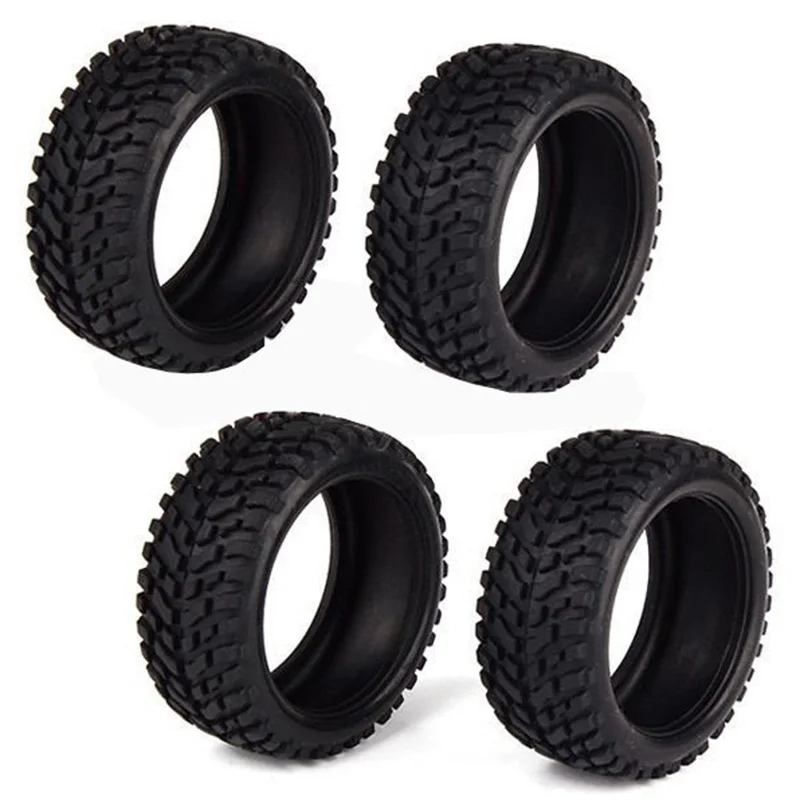
The most important criteria to consider when changing tires:
door sills). nine0003
2. Vehicle manufacturers allow wheel outer diameter variations ranging from 2% to 3.5%. Thus, if it is necessary to install discs of a larger diameter, the ratio of the width to the height of the profile should be reduced in order for the absolute dimensions of the wheel to change within the normal range.
3. Also, before making changes to the chassis design of your car, you should remember that the manufacturer guarantees the appropriate running parameters of the vehicle, provided that the basic wheel sizes are used. nine0003
Benefits when fitted with larger tires:
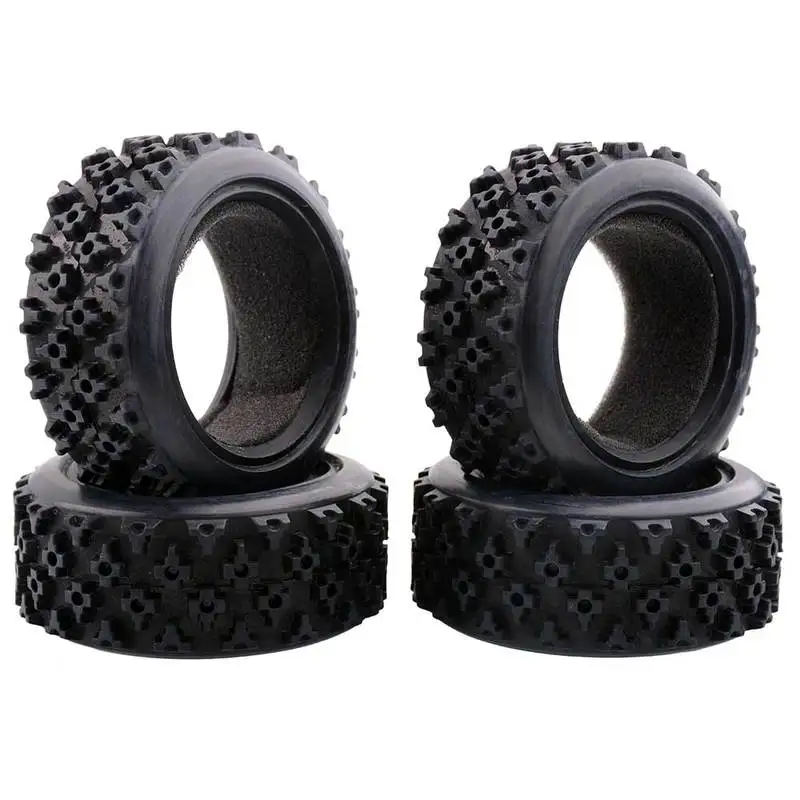 For example, a larger rim diameter, combined with a lower profile height, improves the car's cornering stability and also increases the speed at which corners can be entered safely. Due to the lower profile, the rubber deforms significantly less. nine0211
For example, a larger rim diameter, combined with a lower profile height, improves the car's cornering stability and also increases the speed at which corners can be entered safely. Due to the lower profile, the rubber deforms significantly less. nine0211
Disadvantages when choosing larger tires:
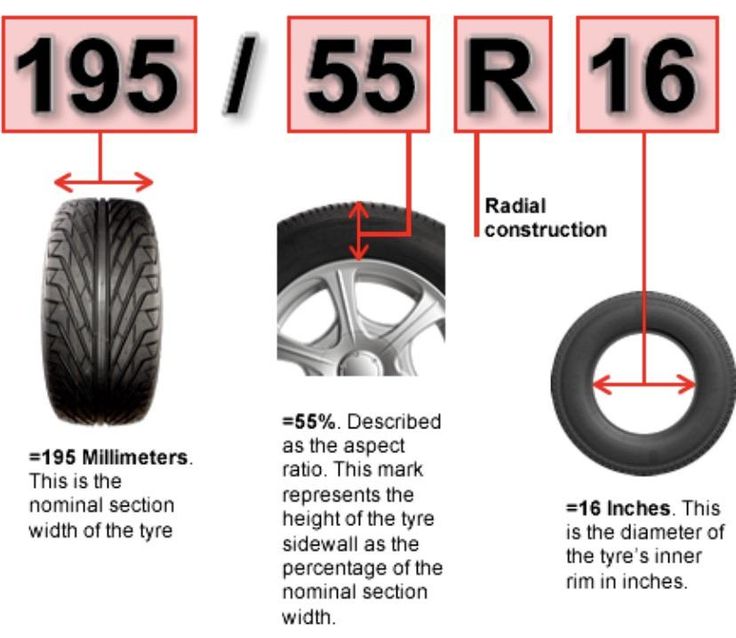 nine0211
nine0211 .jpg) Manufacturers try to compensate for this component with a directional herringbone tread pattern or with asymmetric grooves that are independent of each other. nine0211
Manufacturers try to compensate for this component with a directional herringbone tread pattern or with asymmetric grooves that are independent of each other. nine0211 In order to calculate the range of possible interchangeable sizes, it is necessary to know the allowable nominal and actual dimensions of the wheel diameter as a whole. Wheel replacement options for your car can be found in the next section of the site , or calculated using a special formula below:
1. Basic (recommended) outer diameter of the wheel
2. Nominal rim diameter
3. Difference (subtract the nominal rim diameter from the outer diameter)
4. Add an average of 3% to the difference, we get the required value of the nominal tolerance.
Reducing the size of the rim
Installing smaller wheels, motorists resort mainly in winter. The calculation applies the same principles as discussed in the formula above. However, it is worth checking the compatibility of the size of the brake disc, caliper in relation to the smaller rim. There is an opinion that a smaller wheel width contributes to better traction in winter, since it provides more pressure per square centimeter of the contact patch. nine0003
The calculation applies the same principles as discussed in the formula above. However, it is worth checking the compatibility of the size of the brake disc, caliper in relation to the smaller rim. There is an opinion that a smaller wheel width contributes to better traction in winter, since it provides more pressure per square centimeter of the contact patch. nine0003
And finally, remember that the declared technical characteristics of the car specified by the manufacturer are true, provided that the recommended wheel and tire sizes are used.
| What winter tires to buy? Expensive or cheap? To begin with, it is worth knowing the division into classes of car tires. It is useful to know when to buy expensive premium tires and when to choose cheaper analogues from the economy segment... 06 September 2022, 10:06 | |
| Tires for electric vehicles - which ones to choose? Driving an electric car is different from driving a car with an internal combustion engine. 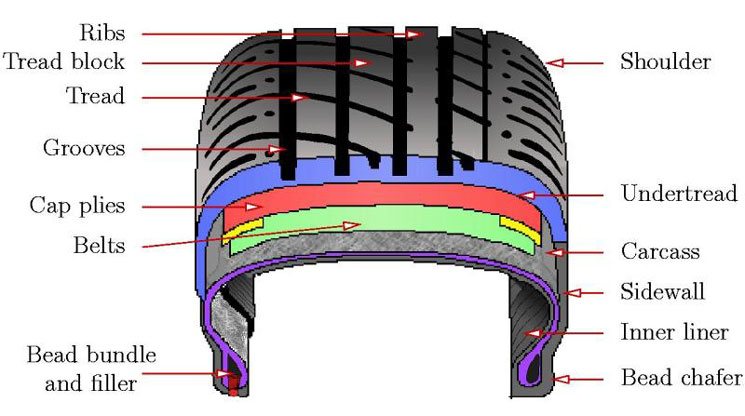 This is felt by both the driver and passengers. For tires, another type of drive is also important. Rubber on.. This is felt by both the driver and passengers. For tires, another type of drive is also important. Rubber on.. August 09, 2022, 11:58 | |
| Who are low profile tires suitable for? Car wheels are the first thing that comes to mind in the context of visual tuning. Not every car will be better after installing a tailgate spoiler. And big.. 18 April 2022, 15:42 | |
| What are UHP (HP) tires? Best choice for summer High Performance and Ultra High Performance tires are becoming increasingly popular all over the world. Our cars are getting faster, more efficient, accelerate better and provide more confidence.. February 28, 2022, 15:06 | |
| Date of manufacture of Belshin wheels Recently, cases of distrust on the part of customers have become more frequent, regarding the date of manufacture of products of the Belshina trademark.  | |